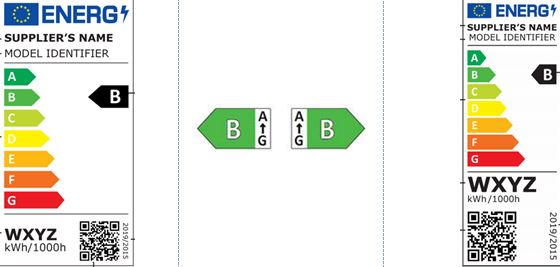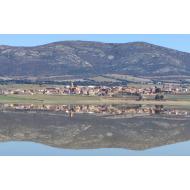The ecodesign requirements for lighting, as well as those for energy labelling have changed. The EU has launched new regulations that aim to simplify the applicable requirements for lighting products to reduce the administrative burden for manufacturers and importers. They will also facilitate verification by the market's supervisory authorities. They provide a better definition of the field of application and the exceptions, while reducing the number of parameters for compliance tests and the length of some testing procedures.
It is a fact that the products that are sold for installation within the EU must comply with the European Directives that apply to each product type.
This article will focus on the new regulations launched by the EU as regards ecodesign requirements for lighting, as well as their energy labelling.
Let's start by setting out the Regulations we will have to comply with in order to understand the applicable requirements. They are:
- COMMISSION REGULATION (EU) 2019/2020 of 1 October 2019 that establishes ecodesign requirements for light sources and separate control gears
https://eur-lex.europa.eu/legal-content/ES/TXT/?uri=CELEX:32019R2020
- COMMISSION DELEGATED REGULATION (EU) 2019/2015 of 11 March 2019 which supplements Regulation (EU) 2017/1369 of the European Parliament and of the Council with regards to the energy labelling of light sources.
https://eur-lex.europa.eu/legal-content/ES/TXT/?uri=CELEX%3A32019R2015
ECODESIGN OF LIGHTING
The first regulation, which refers to the ecodesign requirements for light sources and separate control gears, will take effect as from 1 September 2021, except for article 7, which came into force last 25 December 2019. This article refers to the fact that no products can come onto the market that have been designed to be able to detect that they are being tested; and that the declared project parameters cannot deteriorate following a software or firmware update.
As mentioned above, the sole aim of this regulation is to simplify the requirements applicable to lighting products, adopting one single regulation for this product group. As a result, the administrative burden for manufacturers and importers is going to reduce. At the same time, both the number of parameters for compliance tests will be minimised, along with the duration of some procedures.
The regulation establishes new energy efficiency requirements. This means that several types of light source will be gradually phased out over the next years. These include halogen and CFLi lamps (September 2021); T8 fluorescent linear lamps (September 2023); and halogen lamps with a G4, G9 or GY6.35 base (September 2023.
It is worth noting that the rules maintain the efficiency conditions for control gear for light sources other than LEDs, which came into force in 2017 and establishes a formula to determine the minimum efficiency of control gear for LED or OLED sources.
They also implement some functional requirements apart from those regarding efficiency. These aim to establish quality minimums for other aspects such as the colour, power factor, the maintenance of the light flow, the survival of the light source and its stroboscopic effect.
The ecodesign rules also include requirements as regards the circular economy, for example, on the capacity to remove and replace the light sources and control gear contained in the product.
The application of this regulation should ease the verification process for the market's supervisory authorities. The Administration should implement effective inspection mechanisms to achieve the objectives established by the ecodesign directive.
ENERGY LABELLING
The EU has also launched a delegated regulation relating to the energy labelling of light sources. This regulation will apply as from 1 September 2021, except for article 3, section 1, letter b that will take effect from 1 May 2021. This section relates to the obligation of suppliers to file the parameters of the product specification sheet in a product database, as indicated in Annex V.
This ruling sets out the requirements for labelling light sources whether or not they incorporate an integrated control mechanism and to supply additional information about them. They also apply to light sources introduced onto the market as part of a sealed product.
The main innovation focuses on the introduction of a new label, scaled from A to G which replaces the traditional A+++ to D labels.

In addition, the regulation eliminates the specific energy label for lighting fixtures that are subject to the previous ruling 874/2012. This means that lighting fixture suppliers are exempt from the obligations relating to the product database established by Regulation (EU) 2017/1369, except where they considered to be light sources. In the case of lighting fixtures with fully integrated components, in other words, which cannot be replaced, these must be labelled with effect from 1 September 2021.
In short, everything that helps access information on the efficiency of light sources is good when choosing the best options. However, if mechanisms to compare the reality with the product information are not implemented, then the planned objectives will not be achieved and we will continue buying light sources which, although properly labelled, have neither the expected performance nor service life.
Jesús Barrado
ELT R&D Engineer

